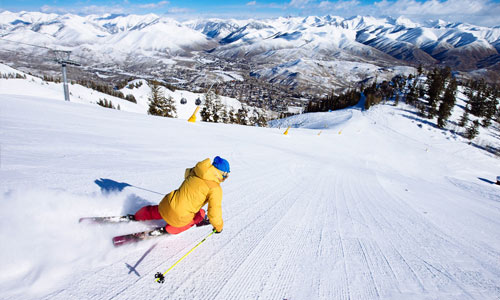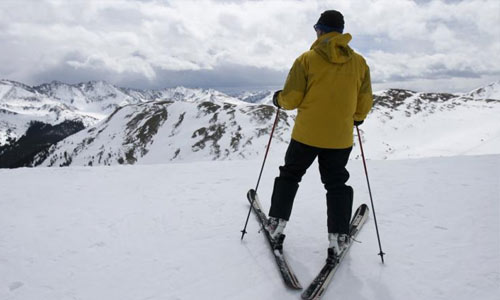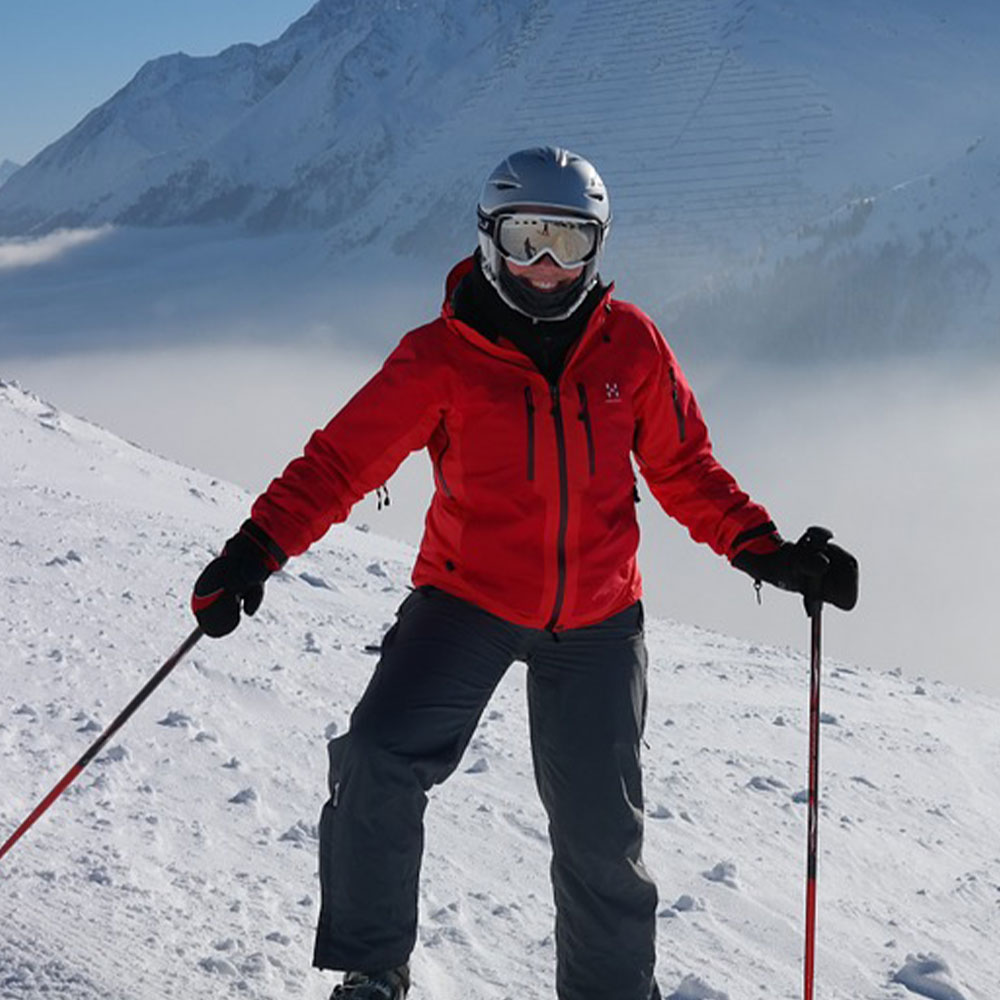Mountain Adventures and Safety!
Being a mountain person comes with its own pros and cons. Unlike the mountains we draw on our drawing canvasses, the real range of mountains can captivate your mind and leave you spell-bound. The vastness of the mountains is difficult to explain. However picturesque they might appear, but climbing, skiing, and hiking on these majestic beasts is not a cakewalk.
Mountain safety is an extremely essential topic to discuss, especially for all mountain-sports enthusiasts. Knowing the nitty-gritty while you commence on a mountain climbing expedition or are on your way downhill, works as an advantage. Ignoring the factual knowledge along with certain pre-requisite terms of conditions can lead to unpleasant mishaps. Ignorance is bliss, but it is a cause of real devastation when you have a huge mountain to climb in front of you.

Let us look at some basic rules to follow while you prepare and pack your bags for a frolicsome experience in the mountains.
Defence Mechanism while Skiing and Riding
Enjoy a whole array of mountain activities by keeping in mind a few things to do and not do. On consulting an experienced ski patrol supervisor, I was enlightened on various topics of concern while you wish to engage in an injury-free skiing session.
Be aware of your surroundings and the changing weather conditions. Taking a glance at the mountain or hill before running into action has a psychological significance. Preparing your mind to start off any task is the most crucial part. Once you achieve that, everything else falls in place.
Be it the renowned Michaela Shiffrin - an Olympic gold medalist at the World Skiing Championship, or any amateur climber, mountain safety cannot be ruled out or avoided. The best part about sports like skiing is, you have your own control. Similar to driving a fast racing bike or car, we need to take extra efforts to cut down any kind of hindrance or obstacle that comes your way, as there are high chances of skiers trying to cut in front of you, or getting hit by one of them. Control your speed patterns, especially when you ski it down the slopes of gigantic snow mountains.
Lessons for Rookies
Half knowledge about anything is no less than blasphemy. If you are someone who is trying out their hand in skiing for the first time, makes sure you undergo special introductory training sessions. Know your potential and your ability and train yourself properly without being careless.
The ideal thing to do if you are new to the sport is, ask the ski patrol supervisors to help you figure out better and safer slopes that can create better and favorable conditions for you to ski.
Helmets - A Saviour!
Safeguarding your head should be a priority when engaging in any kind of sports adventure. Be it cycling, skiing, paragliding or for that matter even driving, putting a helmet on can invariably prevent you from getting injured on your head. Hence, wearing a helmet goes without saying.
Injuries that can be avoided
Stepping out in the snow has always been a risky and a tiring task, especially when your energy levels drop down. The endings are mostly not as you desire when you are out on the snow field. Beginning a day with full power and a great adrenaline rush is one thing, but springing back to action, even after knowing that your body can’t withstand rigorous climbing and sloping down actions, is an act of foolishness.

Observing and knowing your body is a task that can be perfected only by you. Saving yourself from getting hurt most of the times depends on your own reflexes and knowledge. Knee injuries, hurting your wrists and heads are the common sights which can be reduced if you have good control and balance in your body and mind.
Plan it out
A backup plan in the back of your mind is what you want while planning a family outing. Chalk out a plan if you are heading in groups for such activities. Set up landmarks and fixed meeting locations in case of uncalled emergencies. Keep yourself sound and safe when out for such adventurous fun. Your safety is in your own hands.
Look out for Trees – NARSID and SIS
Snow capped mountains can experience lethal avalanches and glacier outburst. SIS (Snow Immersion Suffocation) can be easily avoided if one charts out a plan before heading out for a snow adventure. Never go alone, to such places that are accident-prone, is what you should keep in mind. Take a friend along or go in groups and make sure they are within your eyesight range. SIS can turn into a deadly event when the skiers fall head first.
Keep yourself calm in case of any unpleasant mishap instead of losing your mind. You might get stuck in deep snow and face breathing issues. Try keeping your head above and focus on breathing. You might experience times when there is no one to rescue. Getting out of this situation is possible if you have good control over your mind and are well aware of the fact that panicking can make it worse.
Keeping your phone with you at all times can be really beneficial. Save all emergency contact numbers, especially of your ski patrol supervisor. Do not fear or bow down to any harsh conditions. Be a sport and struggle it out. Always remember – challenging yourself to achieve greater targets is essential, but continue to be sensible!

Submit a Comment